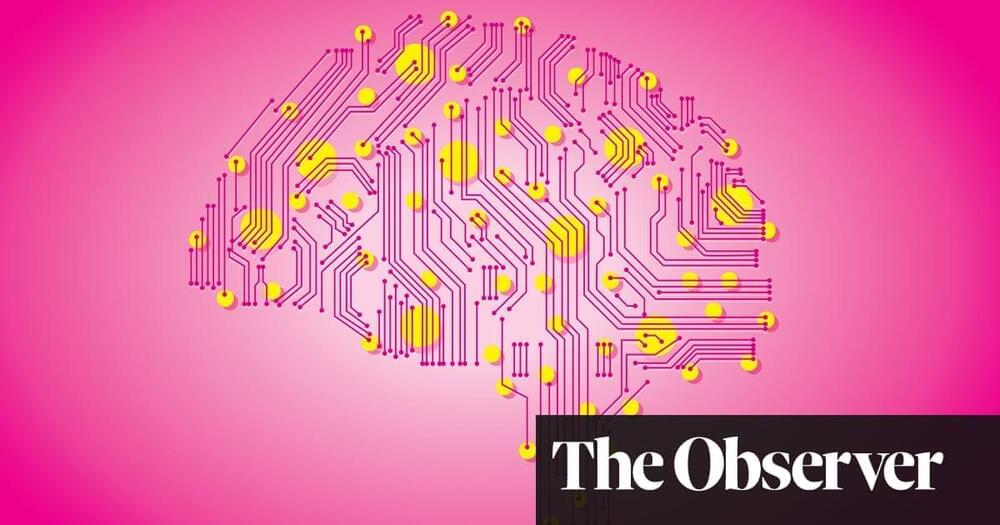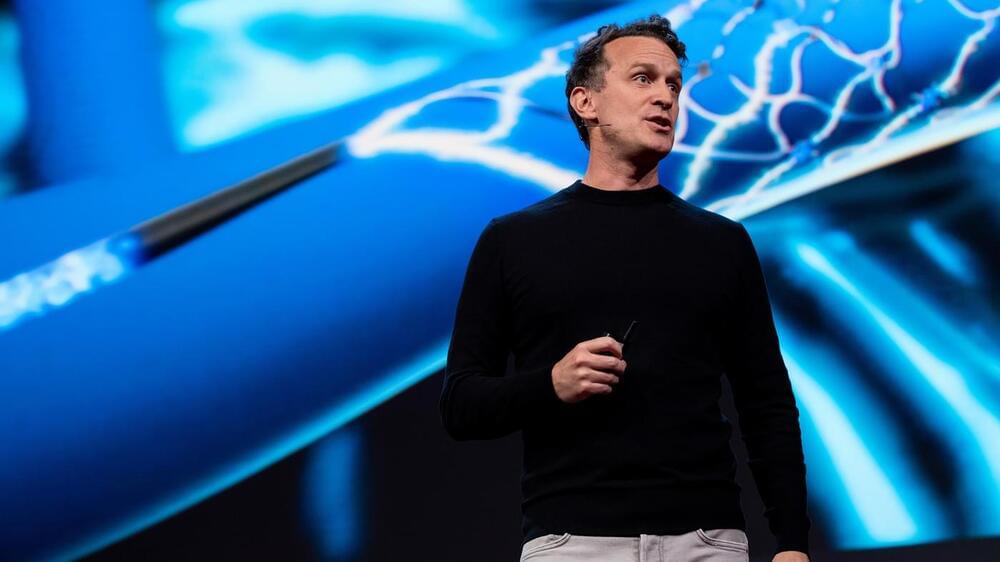A paralyzed individual controls a neuroprosthetic without daily recalibration.




The technology I want to talk about today is something out of this world, but also a bit controversial There is a startup in Australia who are actually growing live human neurons and then integrating it into traditional computer chips… mind-blowing stuff!
My Gear:
Camera Sony Alpha 7 III: https://amzn.to/3dmv2O6
Lens Sony 50mm F1.8: https://amzn.to/3weJoJo.
Mic Sennheiser: https://amzn.to/3IKW5Ax.
Music from my videos: https://www.epidemicsound.com/referral/908oe4
Support me on Patreon: https://www.patreon.com/AnastasiInTech

A superconducting ink made through a simple process called chemical exfoliation could be used to print the cold circuits inside quantum computers and MRI machines.
By Leah Crane

US gaming and computer graphics giant Nvidia has joined forces with an Israeli startup to roll out a new hardware system to connect the quantum computer with classical computers.
The new system, Nvidia DGX Quantum, built together with Israel’s Quantum Machines, a developer of a standard universal language for quantum computers, is expected to be first deployed at Israel’s quantum computing research center at the end of this year.
The quantum computing R&D center funded by the Israel Innovation Authority at an investment of NIS 100 million ($27 million), which is headed by Quantum Machines, was established to help Israel build a quantum computer and advance research in the field that would lead to future developments in economics, technology, security, engineering, and science.

Accurately reconstructing how the parts of a complex molecular are held together knowing only how the molecule distorts and breaks up—this was the challenge taken on by a research team led by SISSA’s Cristian Micheletti and recently published on Physical Review Letters. In particular, the scientists studied how a DNA double helix unzips when translocated at high velocity through a nanopore, reconstructing fundamental DNA thermodynamic properties from the sole speed of the process.
The translocation of polymers through nanopores has long studied as a fundamental theoretical problem as well as for its several practical ramifications, e.g. for genome sequencing. We recall that the latter involves driving a DNA filament through a pore so narrow that only one of the double-helical strands can pass, while the other strand is left behind. As a result, the translocated DNA double helix will necessarily split and unwind, an effect known as unzipping.
The research team, which also includes Antonio Suma from the University of Bari, first author, and Vincenzo Carnevale from Temple University, used a cluster of computers to simulate the process with different driving forces keeping track of the DNA’s unzipping speed, a type of data that has rarely been studied despite being directly accessible in experiments.

“This new advancement would also allow the encoding of data on ultrafast laser pulses.”
A team of international physicists, led by the University of Arizona, was able to switch a light signal optically at attosecond rates in order to achieve hitherto unreachable data transfer speeds: one quintillionth of a second is an attosecond.
Optical transistors will regulate electric signals.
University of Arizona/Youtube.
“Semiconductor-based transistors are in all of the electronics that we use today,” said Mohammed Hassan, assistant professor of physics and optical sciences. “They’re part of every industry – from kids’ toys to rockets – and are the main building blocks of electronics.”
